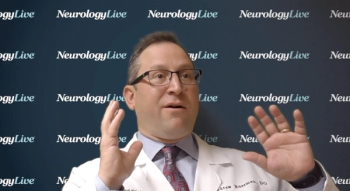
The medical director of the Comprehensive Stroke Center at Cleveland Clinic detailed the differences between neuroprotection and neurorestoration, and the available options for each.

The medical director of the Comprehensive Stroke Center at Cleveland Clinic detailed the differences between neuroprotection and neurorestoration, and the available options for each.

An in-depth analysis of the genetics of DMD and disease modifiers such as the NF-kB pathway in patients with Duchenne muscular dystrophy.

Branded as Ubrelvy, Allergan’s oral calcitonin gene-related peptide antagonist is the first-in-class to be approved for this indication.

Panelists review the delicate process of introducing a new medication to a treatment regimen and the creative endeavors employed to improve adherence.

The director of Infantile Spasms Program at UCLA Mattel Children’s Hospital detailed his personal experience counseling parents whose first child has infantile spasms.
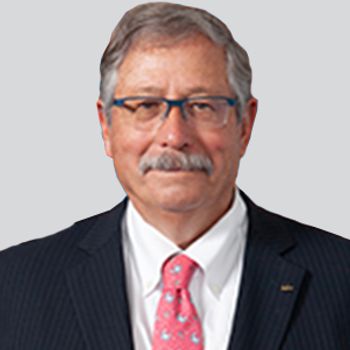
The small-molecule dual orexin receptor antagonist was approved based on data from 2 pivotal phase 3 studies which showed statistical superiority over placebo for sleep onset latency.

The behavioral director at the Angelman Syndrome Clinic at Massachusetts General Hospital discussed the phase 3 NEPTUNE trial of gaboxadol, also known as OV101.
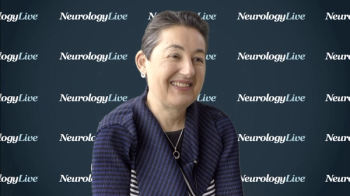
The professor of neurology at NYU Langone discussed cenobamate’s potential as a treatment option for patients who have uncontrolled seizures, as well as its ability to bring a high number of patients toward complete seizure freedom.
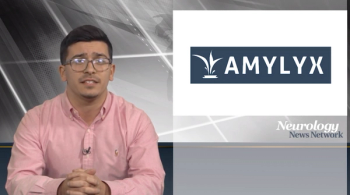
Neurology News Network for the week ending December 21, 2019.

Two lots of the oral seizure treatment have been recalled and should be returned to the manufacturer.

After resubmitting the NDA for apomorphine sublingual film (APL-130277), the FDA has set the new PDUFA action date of May 21, 2020.

The drug safety warning stems from a review of case reports and clinical studies that showed use of gabapentinoids with or without opioids is associated with serious breathing difficulties.
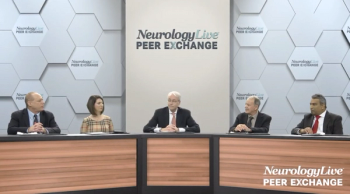


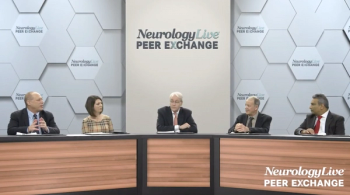

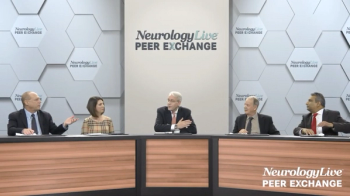



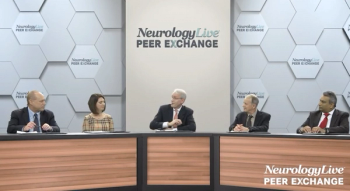

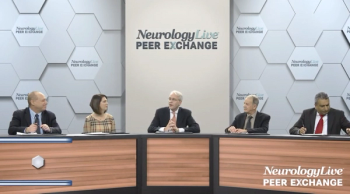

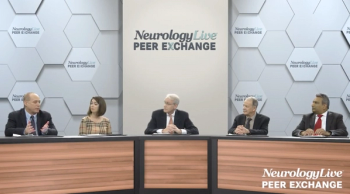
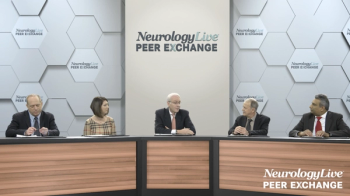
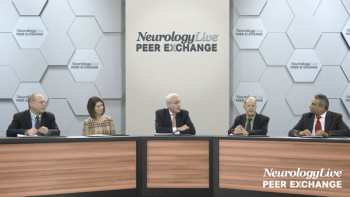
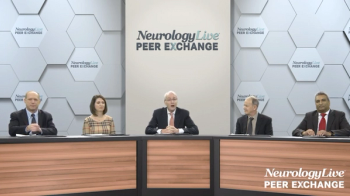

Compared to counterparts who did not exercise, those with cognitive impairments with no dementia risk factors improved in executive functioning when they exercised consistently over 6 months.